SLAF Produces Another Batch Of Rescuers
The Sri Lanka Air Force conducted an Air Sea Rescue (ASR) practical training exercise along the shoreline of Panadura this morning (15 October 2013). Personnel of No.8 Air Sea Rope Rescue basic and refresher course for the Fire fighters, Gunners and Air Gunners along with their instructors took part in this training exercise which was conducted by No. 4 Helicopter Squadron SLAF Base Ratmalana using a Bell 212 utility helicopter. Sri Lanka Naval Ship Rangala deployed an Inshore Patrol Craft (IPC) with divers, lifesavers (4RS) and an SLAF media cameraman on board while naval lifesavers attached to Sri Lanka Coast Guard deployed at Panadura Beach also facilitated the SLAF rescue team throughout the operation.
This training course which consisted of twenty Fire fighters, eight Gunners and eight Air Gunners commenced on 30 September 2013 and was conducted over a period of 10 working days. The course was conducted at SLAF Base Katunayake where they trained on relative subjects including ground training, abseiling from towers and rescue from high rise buildings. The final drill prior to the sea rescue training operation at Panadura this morning was rehearsed over land using a Bell 212 helicopter throughout the whole of yesterday (14th October 2013 at SLAF Base Ratmalana). In addition to the rescuers a total of 12 pilots led by the Commanding Officer of No 4 Squadron Wing Commander Lasitha Sumanweera also refreshed themselves on the intricacies of this complex operation.
Air-Sea-Rescue refers to the combined use of aircraft and surface vessels to search for and recover survivors of aircraft downed at sea as well as seafarers in distress. The SLAF rescue team deployed at No. 4 helicopter squadron at SLAF Ratmalana has conducted many search and rescue operations in support of disaster relief operations to save lives of flood victims and sea rescue operations to rescue fishermen from the sea after their boats capsized due to the gale force winds experienced in western and southern coastal belt in the recent past. Apart from rescuing many lives directly by the rescue helicopters, SLAF surveillance aircraft also facilitate the rescue of survivors by directing surface vessels with quick and accurate references.
These 36 trainees who complete their course today and pass out on today, were also trained in first aid and trauma management and are capable of emergency rescue of persons who trapped in burning buildings as well as those affected by floods, landslides and other natural disasters.












































































This training course which consisted of twenty Fire fighters, eight Gunners and eight Air Gunners commenced on 30 September 2013 and was conducted over a period of 10 working days. The course was conducted at SLAF Base Katunayake where they trained on relative subjects including ground training, abseiling from towers and rescue from high rise buildings. The final drill prior to the sea rescue training operation at Panadura this morning was rehearsed over land using a Bell 212 helicopter throughout the whole of yesterday (14th October 2013 at SLAF Base Ratmalana). In addition to the rescuers a total of 12 pilots led by the Commanding Officer of No 4 Squadron Wing Commander Lasitha Sumanweera also refreshed themselves on the intricacies of this complex operation.
Air-Sea-Rescue refers to the combined use of aircraft and surface vessels to search for and recover survivors of aircraft downed at sea as well as seafarers in distress. The SLAF rescue team deployed at No. 4 helicopter squadron at SLAF Ratmalana has conducted many search and rescue operations in support of disaster relief operations to save lives of flood victims and sea rescue operations to rescue fishermen from the sea after their boats capsized due to the gale force winds experienced in western and southern coastal belt in the recent past. Apart from rescuing many lives directly by the rescue helicopters, SLAF surveillance aircraft also facilitate the rescue of survivors by directing surface vessels with quick and accurate references.
These 36 trainees who complete their course today and pass out on today, were also trained in first aid and trauma management and are capable of emergency rescue of persons who trapped in burning buildings as well as those affected by floods, landslides and other natural disasters.












































































